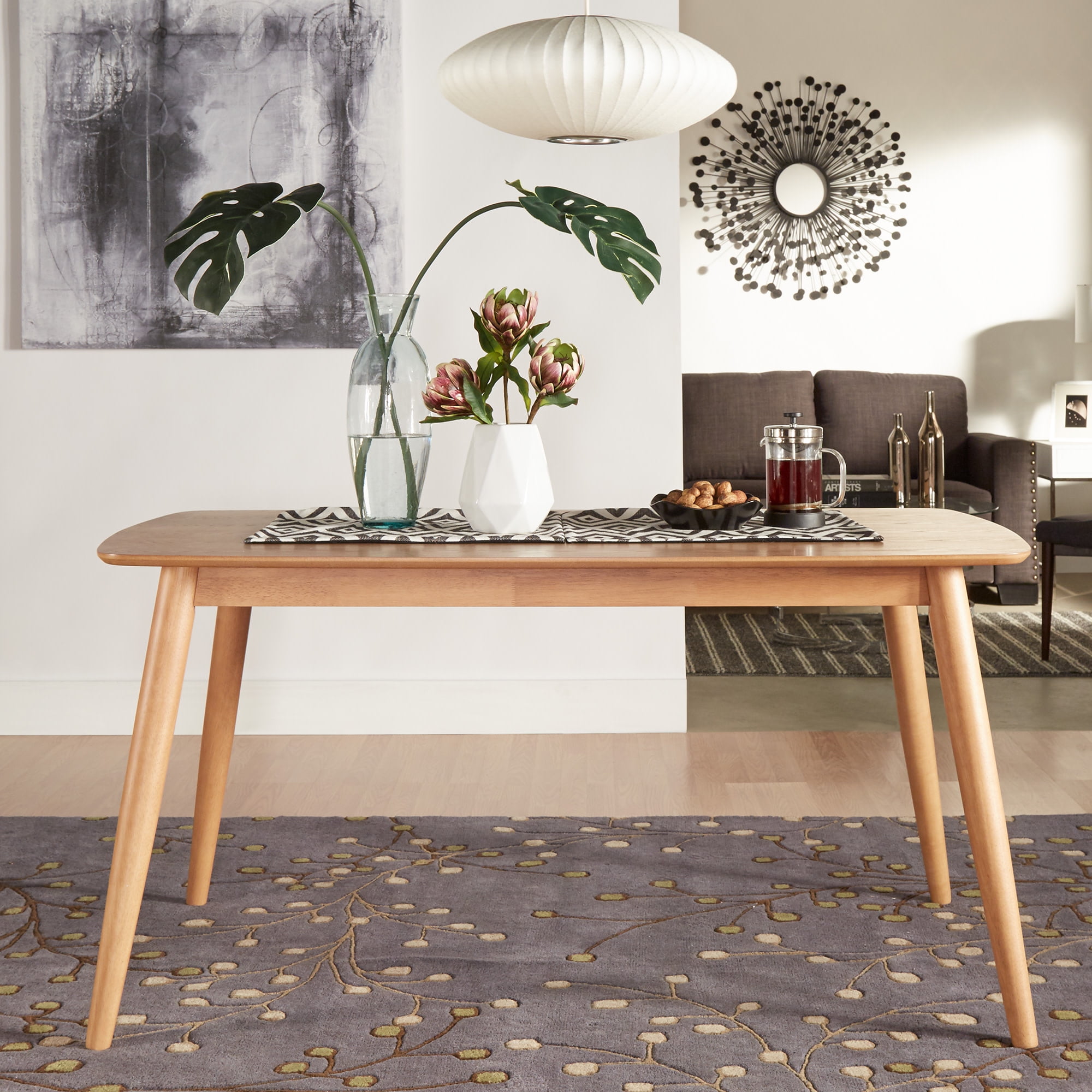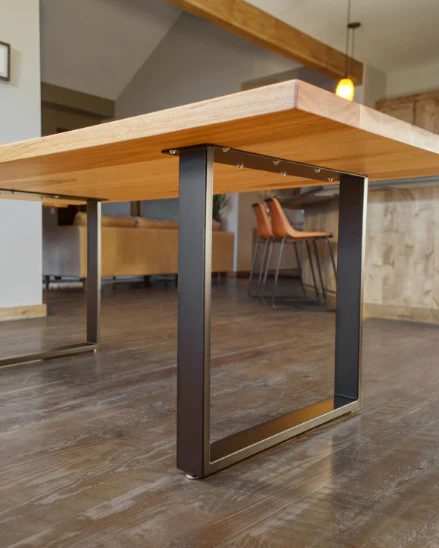Secret Variables to Maintain in Mind for Dining Table Legs Timber Choices
When picking timber for eating table legs, several vital elements call for mindful consideration to ensure both functionality and aesthetic charm. The selection of wood type, characterized by its sturdiness and unique grain patterns, plays a crucial role in the overall design and durability of the piece.
Wood Types and Attributes
When picking timber for eating table legs, it is important to recognize the unique characteristics of different wood types. Different woods offer distinct advantages and disadvantages, influencing both the sturdiness and visual allure of the completed product.
Oak, known for its outstanding resilience, also includes a popular grain that can add personality to the table. Cherry wood, with its rich color that grows over time, offers a luxurious appearance but might need more upkeep to avoid scrapes.
On the other hand, softwoods like pine and fir are much more budget-friendly and easier to deal with, yet they are less sturdy than woods. Pine is light-weight and includes a cozy, rustic look, making it a preferred selection for laid-back eating settings. It is more vulnerable to scratches and dents.
Understanding these attributes will certainly aid in making a notified choice to guarantee the legs of the table meet both visual and functional requirements.
Grain Patterns and Looks
Picking the best grain pattern can substantially enhance the aesthetic charm of dining table legs. The timber's grain is not merely a visual quality; it conveys an unique character and beauty to every piece. Various timber varieties exhibit distinctive grain patterns, varying from the straight lines of maple to the intricate swirls of oak and the striking figure of walnut. These patterns can evoke numerous designs, from rustic to modern-day, making it vital to choose a grain that lines up with the general style of the eating room.
In addition, the alignment and range of the grain can affect the regarded dimension and sophistication of the table. Larger, more pronounced grains might offer a bold, dramatic result, while finer, subtler grains can develop a fine-tuned, downplayed look. Additionally, the ending up process can further boost these patterns, highlighting the natural appeal of the wood and highlighting abundant colors.
Inevitably, the option of grain pattern ought to integrate with various other layout aspects, such as the tabletop and bordering furnishings, guaranteeing a natural aesthetic that boosts the dining experience. Thoughtful option of wood grain not just adds to the table's appeal yet also shows the owner's preference and style.
Durability and Strength
The toughness and toughness of eating table legs are extremely important considerations for making sure longevity and security in any kind of dining space. Choosing the appropriate timber is critical, as different varieties exhibit varying degrees of strength. Hardwoods such as cherry, oak, and maple are frequently preferred for their integral strength and resistance to wear. These products not only endure everyday usage however additionally support heavy lots, making them suitable for dining tables that often fit multiple diners. Dining Table Legs Wood.

Inevitably, purchasing top notch timber and robust building and construction techniques will certainly produce an eating table that stands the examination of time, while giving a reliable structure for countless meals shared amongst family members and good friends. Focusing on resilience and strength ensures that your table remains practical and visually pleasing for many years ahead.
Maintenance and Treatment
Proper upkeep and care are vital for preserving the durability and toughness of dining table legs made from wood. Normal cleansing is necessary; utilizing a soft, moist towel makes sure that dust and debris do not gather, which can cause scratches and dullness. It is suggested to prevent harsh chemicals or rough products that can damage the finish.
In addition, applying a suitable timber websites gloss or wax occasionally can assist keep the shine and safeguard the wood from moisture and spills. Nonetheless, it is important to comply with the manufacturer's recommendations regarding the kind of product to use, as specific finishes may respond negatively to specific chemicals.
Humidity and temperature fluctuations can likewise affect wooden table legs, creating them to warp or fracture. It's ideal to place the table away from direct sunshine and heat sources. If the table legs have any dents or scrapes, addressing these immediately can prevent additional damages.
Finally, occasionally examining the joints and screws for rigidity is essential to preserve architectural integrity (Dining Table Legs Wood). By adhering to these maintenance techniques, house owners can guarantee their wood eating table legs stay appealing and functional for several years to find
Ecological Factors To Consider
When choosing wood for eating table legs, it's important to take ecological factors to consider into account. The sourcing and sustainability of wood are critical in lessening eco-friendly influence. Going with timber from licensed resources, such as those try this out recommended by the Woodland Stewardship Council (FSC), makes sure that the wood is gathered properly, promoting woodland preservation and biodiversity.

Moreover, regional sourcing of timber reduces transportation emissions, sustaining neighborhood economic situations while reducing ecological impact. It is likewise a good idea to be familiar with the wood's therapy and finishing processes, as specific chemicals can be damaging to both human wellness and the setting. By prioritizing lasting timber selections, customers can add to environmental preservation while appreciating the sturdiness and elegance of their table legs.
Final Thought
In verdict, selecting timber for dining table legs requires cautious factor to consider of various factors, consisting of wood kinds, grain patterns, and longevity. Upkeep needs and environmental sustainability more influence timber choices, stressing the relevance of sourcing from accredited or recovered products.
When picking timber for dining table legs, numerous critical aspects call for careful consideration to make certain both performance and visual charm.Appropriate maintenance and care are essential for protecting the sturdiness and strength of eating table legs made from wood.When choosing wood for eating table legs, it's essential to take ecological factors to consider into account. By focusing on lasting timber choices, consumers can contribute to environmental conservation while taking pleasure in the resilience and elegance of their eating table legs.
In final thought, picking timber for dining table legs demands mindful factor to consider of different aspects, consisting of timber types, grain patterns, and toughness. Dining Table Legs Wood.